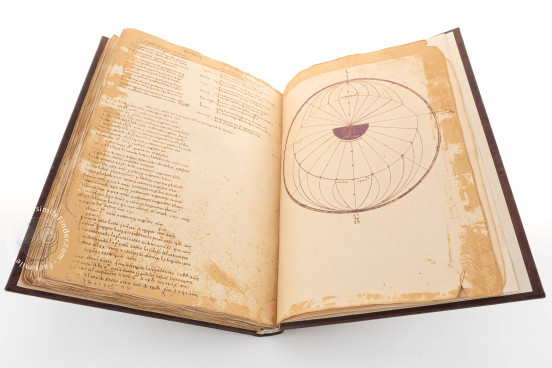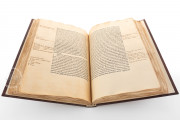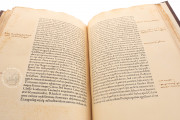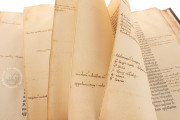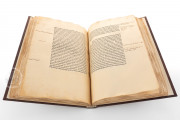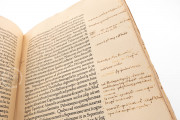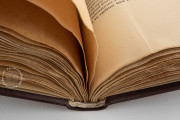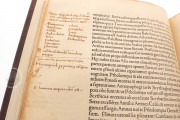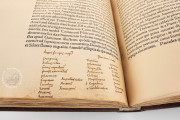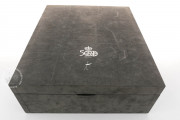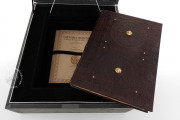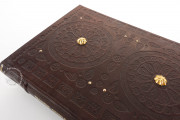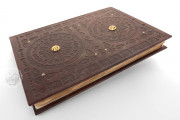This work, written by the Italian humanist Eneas Silvio Piccolomini (1405-1464), later Pope Pius II, and printed in Venice in 1477, is one of the most important encyclopedic works of the fifteenth century. Although unfinished, it is a compendium of scientific and geographical knowledge available at the time. This copy is especially remarkable due to its use by Christopher Columbus, who consulted this work to prepare the first voyage to the New World.
The book is heavily annotated by Columbus, who added numerous marginal notes and comments. In fact, Historia rerum ubique gestarum was one of the works Columbus consulted most frequently to develop his geographical theories and ideas about the earth. This makes this copy a very valuable document, one of the few remaining books that contain Columbus’ personal annotations.
Columbus’ Most Useful Book
This edition of Historia rerum ubique gestarum is printed on paper, and measures 22 x 20 cm. Written in Latin and complemented with diagrams, it is a complete description of Asia, and includes abundant marginal notes written, also in Latin, by Columbus.
Eneas Silvio Piccolomini based his information on several authors, including Pliny, Ptolemy, Strabo and Erathostenes. In his manuscript annotations, Columbus cites both original sources and information provided by Piccolomini, giving special importance to the theories about the navigability of the ocean.
The annotations, clean and clear, are an interesting way to see how Columbus developed his theories and projects. It also shows the geographical information available in fifteenth-century Europe, heavily influenced by classical sources, as well as by the innovations and discoveries of the time.
The book, which passed on to Columbus' son Hernando, is held in the Biblioteca Capitular Colombina in Seville, and is perhaps the most important document in the library. It is a fundamental source for the study of Columbus’s voyages and the discovery of the New World.
A Fundamental Volume in the Explorer's Personal Library
Columbus’ collection of books was vast, and it is known that he read works like Ptolemy’s Geography many times. After his death, his son Hernando inherited Columbus’ books, among which were Pierre d’Ailly’s Imago Mundi, Pliny’s Natural History, Marco Polo’s Travels and, of course, Eneas Silvio Piccolomini’s work Historia Rerum.
Columbus’ personal library was the seed of Hernando’s huge collection of books, and would result in the creation of the future Biblioteca Colombina (Columbus Library) in Seville, which is a superb reflection of the geographical and scientific context of Early Modern Europe.
We have 1 facsimile edition of the manuscript "Historia Rerum Ubique Gestarum": Historia Rerum Ubique Gestarum facsimile edition, published by Testimonio Compañía Editorial, 1991
Request Info / Price
